Painting Industry Glossary: Definitions & Meanings
November 14th, 2023
7 min read
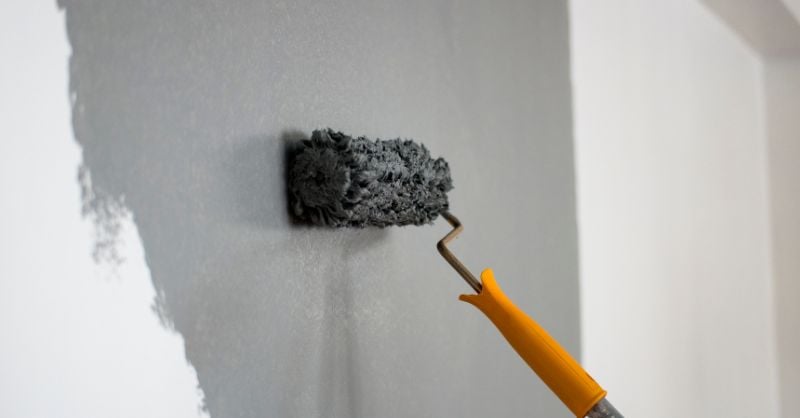
Do you have a painting project that you would like to get done, but are getting stuck by all the painting terms and jargon? When words get tricky, we can get frustrated and confused.
Let this article be your guide. Painting terms can get technical, so by reading this, you might find the meaning of the painting term you are stuck on.
As one of Omaha’s most trusted painting companies, Brush & Roll Painting has had industry expertise and skills since opening in 1996. We take pride in our prep work process and use of high-quality materials and products that leave homeowners another step toward their dream home.
Acrylic paint: A type of water-based paint that uses acrylic polymers as binders. It dries quickly, has good color retention, and can be used on various surfaces.
Additives: Additives are substances that are added to paint formulations in small quantities to enhance or modify certain properties or characteristics. They are designed to improve the performance, application, appearance, or durability of the paint. Additives can serve various functions, such as improving flow and leveling, extending drying time, preventing foaming or sagging, enhancing color stability, increasing UV resistance, providing antimicrobial properties, improving adhesion, or controlling the thickness of the paint film. Different types of additives may be used depending on the specific requirements of the paint and the desired outcome.
Adhesion: The ability of paint to stick or bond to a surface. Good adhesion ensures that the paint adheres properly and resists peeling or flaking. Adhesion is typically created by sanding the previous surface or by applying primer.
Air Assist Sprayer: An air assist sprayer is a painting tool used in the application of coatings and finishes. It combines both air and fluid pressure to atomize paint particles, creating a fine mist for smooth and even coverage. This technology enhances the precision and quality of painting, especially on intricate or detailed surfaces, by providing a controlled and adjustable spray pattern.
Airless Sprayer: An airless sprayer is a powerful painting device that utilizes high fluid pressure to atomize paint directly, eliminating the need for compressed air. This method is highly efficient for covering large areas quickly, making it ideal for both residential and commercial painting projects. Airless sprayers produce a thick and uniform coat of paint, reducing the need for multiple coats and saving time.
Back-brushing: The technique of using a paintbrush to go over a freshly sprayed or rolled surface, ensuring even distribution and smoothing out any texture. This is primarily used while painting or staining wood. Wood has grooves and crevices that won’t be completely covered with one motion.
Binders: Binders, also known as resins or polymers, are the components in paint that hold the pigment particles together and adhere them to the painted surface. Binders act as a film-forming substance, creating a continuous and cohesive film as the paint dries and cures. They contribute to the paint's adhesion, durability, and resistance to environmental factors such as moisture, UV radiation, and abrasion. Different types of binders can be used in paint formulations, such as acrylics, alkyds, polyurethanes, or epoxy resins, each offering unique properties and performance characteristics.
Cabinet degreaser: A cleaning solution used to remove grease, oil, and other contaminants from cabinets before refinishing or repainting.
Caulking: The process of sealing gaps, cracks, and joints with a flexible material called caulk to prevent air and moisture infiltration. This is typically done on the exterior of homes to fill nail holes or gaps in the siding.
Clear coat: A protective topcoat applied over stained or painted surfaces to enhance durability, resist wear and tear, and provide a smooth finish.
Contract: To contract means to decrease in size, volume, or dimension. In the context of paint, as temperatures change or materials cool down, they may contract or shrink. Paints that are applied to surfaces that contract must have appropriate flexibility and elasticity to avoid cracking. Due to contraction, the EPA recommends indoor humidity stays between 30% and 60% to prevent paint failure.
Coverage: The extent to which paint hides or covers the surface being painted. It is influenced by factors such as the type of paint, color, and application technique.
Cut-in or cut-around: refers to the technique of carefully painting along the edges of a surface, such as where the wall meets the ceiling, corners, or around trim and other obstacles. It involves using a brush to create clean, precise lines without overlapping adjacent areas that you don't want to paint. This technique helps in achieving a neat and professional-looking finish, especially when using different colors or painting near edges.
Drying time: The length of time it takes for paint to dry and cure. It varies depending on the type of paint, environmental conditions, and thickness of the application.
Drop cloth: A protective covering, typically made of canvas or plastic, placed on the floor or furniture to prevent paint splatters and spills.
Durability: Durability refers to the ability of a material or coating to withstand wear, damage, and environmental conditions over an extended period. In the context of paint or coatings, durability refers to their resistance to factors such as abrasion, impact, moisture, UV radiation, chemicals, and weathering. A durable coating maintains its protective and aesthetic properties, such as adhesion, color retention, and gloss, over time.
Enamel paint: A paint with a hard, glossy finish. It can be oil-based or water-based and is often used for trim, furniture, and decorative surfaces.
Evaporation: Evaporation is the process by which a liquid, such as the solvent in paint, changes into a vapor or gas state when exposed to air or heat. In paint, solvents evaporate during the drying process, leaving behind the solid components that form the paint film on the surface.
Expand: To expand means to increase in size, volume, or dimension. In the context of paint, certain materials or surfaces can expand when exposed to heat or other environmental factors. For example, some paints are designed to accommodate the expansion and contraction of surfaces to minimize cracking or peeling. Due to expansion, the EPA recommends indoor humidity stays between 30% and 60% to prevent paint failure.
Festool Sanders: Festool sanders are premium-quality sanding tools designed to deliver superior surface preparation and finishing results. Manufactured by the renowned brand Festool, these sanders feature advanced engineering and ergonomic designs to ensure optimal performance and user comfort. They are equipped with innovative dust extraction systems that maintain a clean working environment while minimizing airborne particles during sanding tasks.
Finish: The final appearance or texture of a painted surface. Common finishes include matte, satin, eggshell, semi-gloss, and high-gloss.
HVLP sprayer: High Volume Low-Pressure sprayer, a type of paint spraying equipment that provides a fine, controlled spray for even coverage.
Hue: The actual color of an object, such as red, blue, or yellow. It refers to the color family or category.
Latex paint: Also known as water-based or acrylic latex paint, it uses a synthetic latex binder. It dries quickly, is easy to clean up with water, and is commonly used for interior and exterior applications.
Masking tape: A type of adhesive tape used to cover areas that should not be painted, such as edges, trims, or hardware.
Nail pops: Nail pops are a common issue that occurs in drywall installations. They are visible protrusions or bumps that appear on the surface of walls or ceilings, caused by the movement or shifting of the nails holding the drywall panels in place. Over time, environmental factors such as temperature changes or the natural settling of a building can cause the nails to push or "pop" out slightly from the drywall surface.
Nail pops can be identified by circular or slightly raised areas on the wall, often with a small crater-like indentation in the center. They are most commonly found near the seams between drywall panels or where nails were used to attach the drywall to the underlying structure.
Oil-based paint: A type of paint that uses oil, typically linseed oil, as a binder. It provides a durable and smooth finish but requires longer drying times and requires mineral spirits for cleaning.
Pigments: Pigments are finely ground solid particles that provide color, opacity, and various visual effects to paint. They are responsible for the paint's ability to cover or hide the surface being painted. Pigments can be organic or inorganic substances and are available in a wide range of colors. They are typically insoluble in the paint's liquid medium and remain suspended within the paint formulation. The choice of pigments affects the final color, vibrancy, and lightfastness of the paint.
Polymers: Polymers are large molecules made up of repeating subunits called monomers. In paint, polymers are used as binders or resins to hold the pigment particles together and adhere them to the painted surface. They contribute to the paint's film formation, durability, and adhesion.
2K Polyurethane: 2K polyurethanes also known as two-component polyurethane coatings or 2K polys, are a type of finish or coating specifically formulated for wood surfaces. They consist of two separate components: a polyurethane resin and a hardener or catalyst. These components are kept separate until just prior to application.
When the two components are mixed together, a chemical reaction occurs, resulting in the crosslinking or curing of the polyurethane coating. This cross-linking process leads to the formation of a durable and protective film on the wood surface. 2K polyurethanes are known for their excellent durability, resistance to abrasion, chemicals, and moisture, as well as their ability to provide a high-gloss finish. They offer enhanced protection and longevity compared to single-component polyurethane coatings or other types of wood finishes. The curing process of 2K polyurethanes typically requires a specific ratio of resin to hardener and is often facilitated by the addition of a solvent or activator.
Primer: A preparatory coating applied before painting to enhance adhesion, provide a uniform surface, and improve the coverage and durability of the topcoat.
Resins: In the context of paint, resins are a type of polymer that acts as a binder. Resins form a film when the paint dries, providing adhesion, durability, and protection to the painted surface. Different types of resins are used in paints, such as acrylics, alkyds, or polyurethanes, each with its own characteristics and performance properties.
Sanding: The act of using sandpaper or sanding tools to smooth surfaces, remove old paint or varnish, and promote paint adhesion. Sandpaper or blocks comes in a variety of grits that have different uses, such as smoother or rougher sand.
Sanding Tables: Sanding tables are specialized workstations used in the woodworking and painting industries to facilitate sanding and finishing processes. These tables typically feature a flat surface with an integrated suction system that captures dust and debris generated during sanding, creating a cleaner workspace. Sanding tables are designed to improve efficiency, precision, and the overall quality of sanding and finishing tasks.
Saturation: The intensity or purity of a color. Highly saturated colors are vibrant and bold, while desaturated colors are more muted.
Shade: A color produced by adding black to a hue, resulting in a darker or deeper version of that color.
Sheen: The level of glossiness or shine in a paint finish, such as matte, satin, semi-gloss, or high-gloss.
Solids: In paint, solids refer to the non-volatile components that remain on the painted surface after the liquid portion evaporates. Solids can include pigments, binders, additives, and other substances that contribute to the paint's color, durability, and other properties.
Solvent: A solvent is a liquid substance used to dissolve, thin, or clean materials. In the context of coatings and paints, solvents are used to disperse and dissolve the resin, pigments, and other additives in the paint formulation.
Stain: A translucent or semi-transparent product used to color and protect wood surfaces, such as decks or furniture.
Tack cloth: A sticky cloth used to remove dust and other particles from surfaces before painting or staining
VOCs (Volatile Organic Compounds): Chemicals present in paint and other materials that evaporate at room temperature, releasing potentially harmful gases into the air. Low VOC or zero VOC paints contain reduced or no harmful emissions.
Kaylea is the Brush & Roll Painting Content Manager. Kaylea is a Journalism and Media Communications summa cum laude graduate with a minor in Marketing from the University of Nebraska at Omaha. Kaylea manages the marketing for Brush & Roll Painting.
Topics:







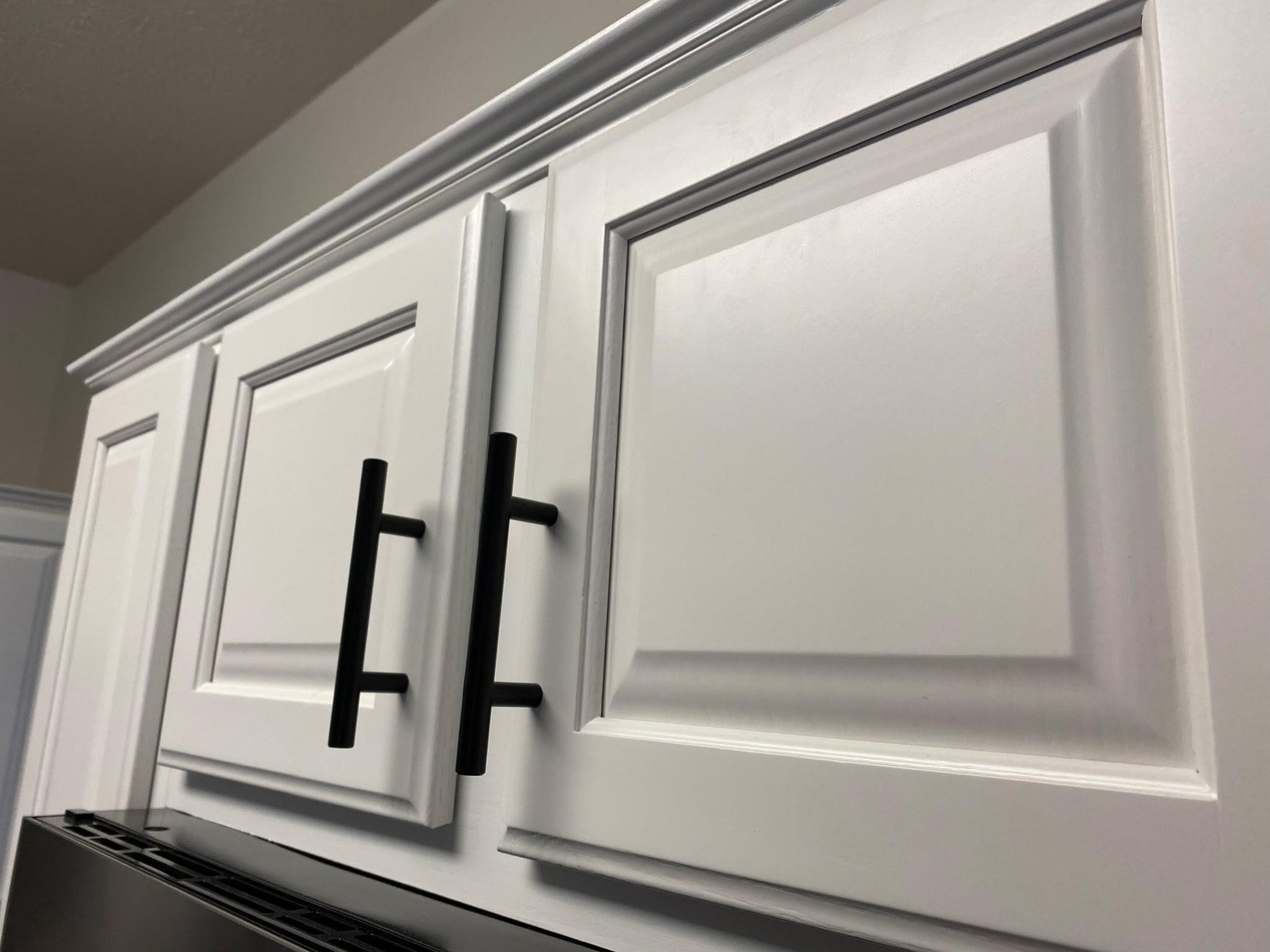
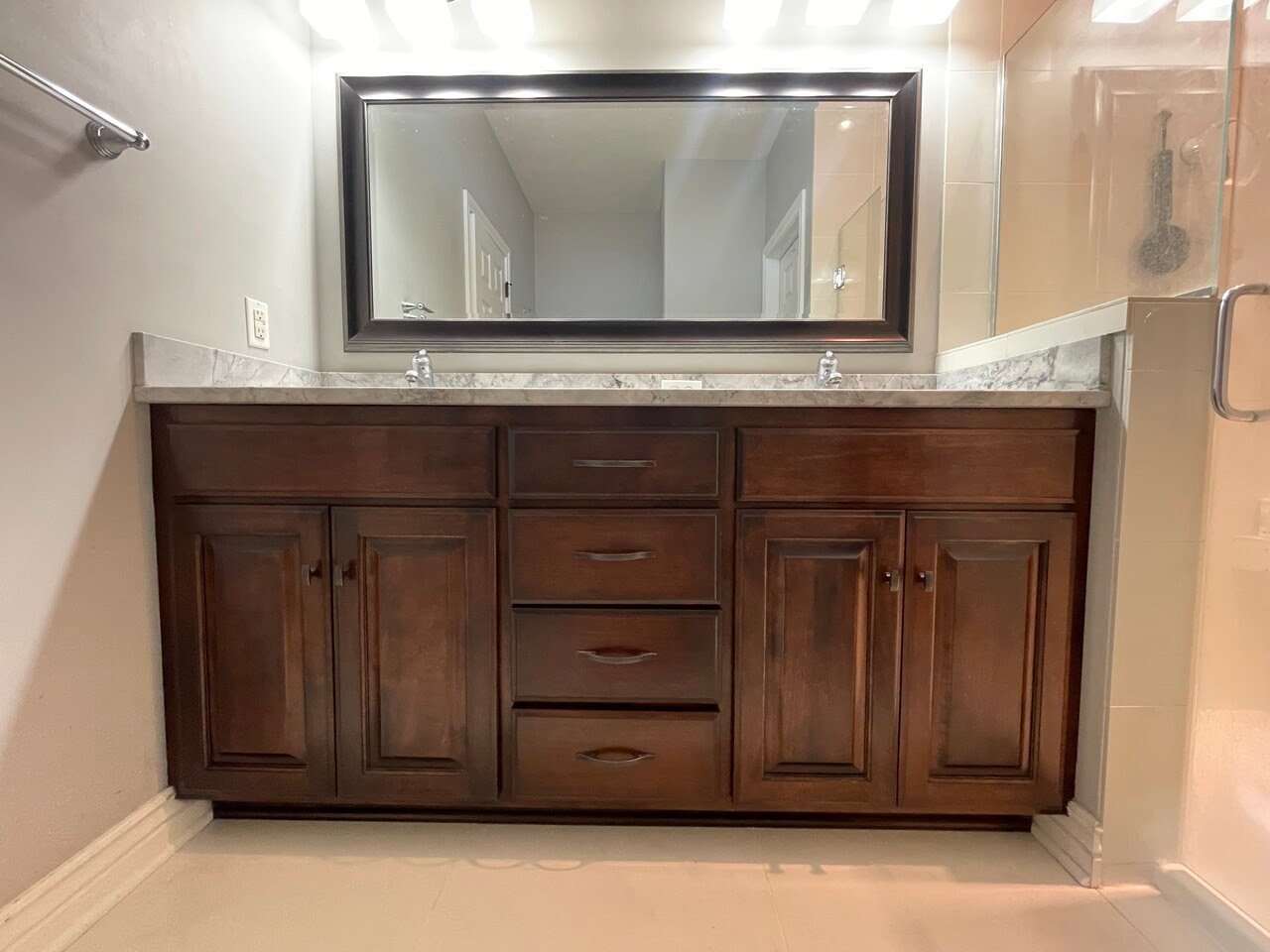
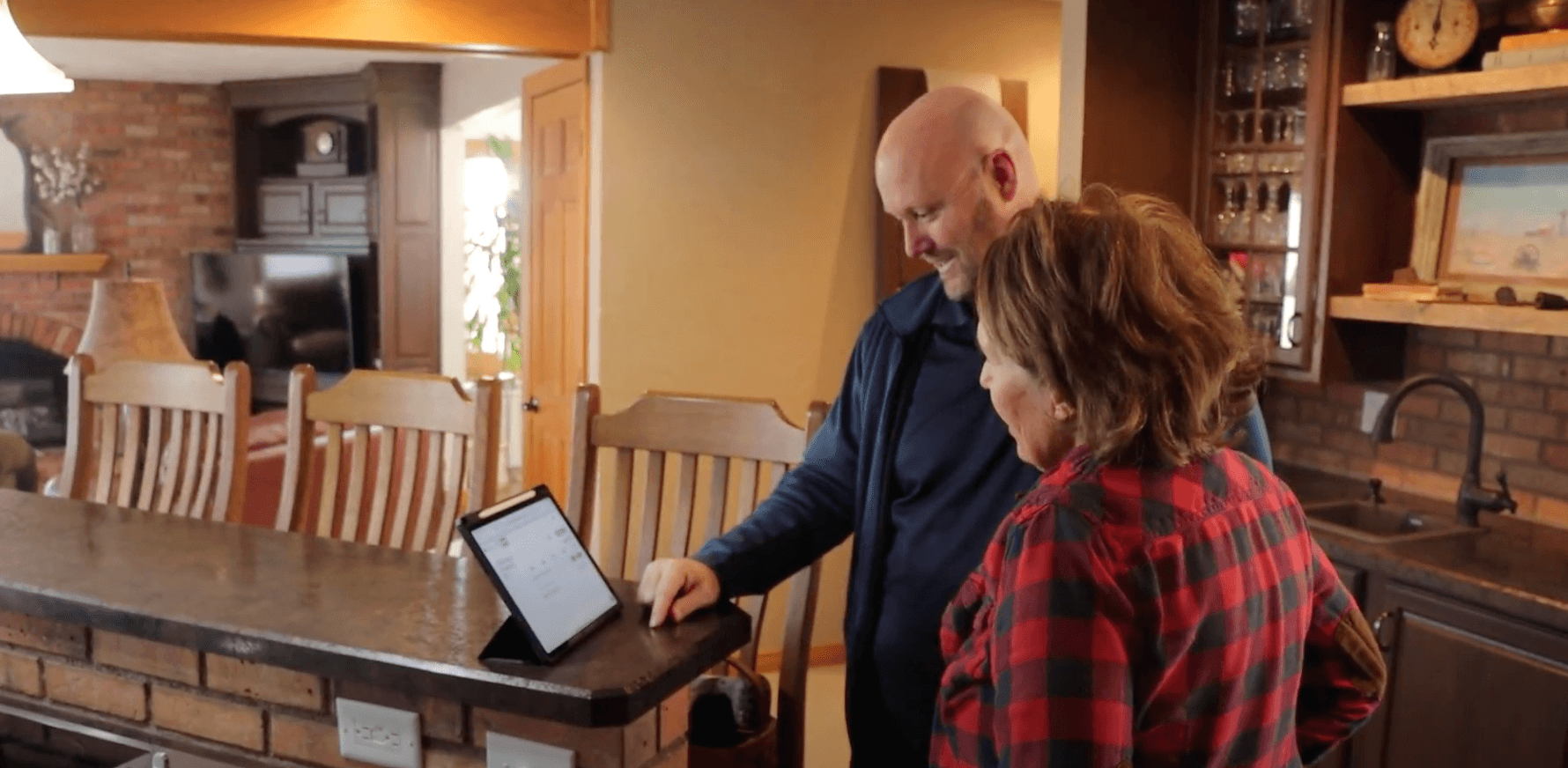

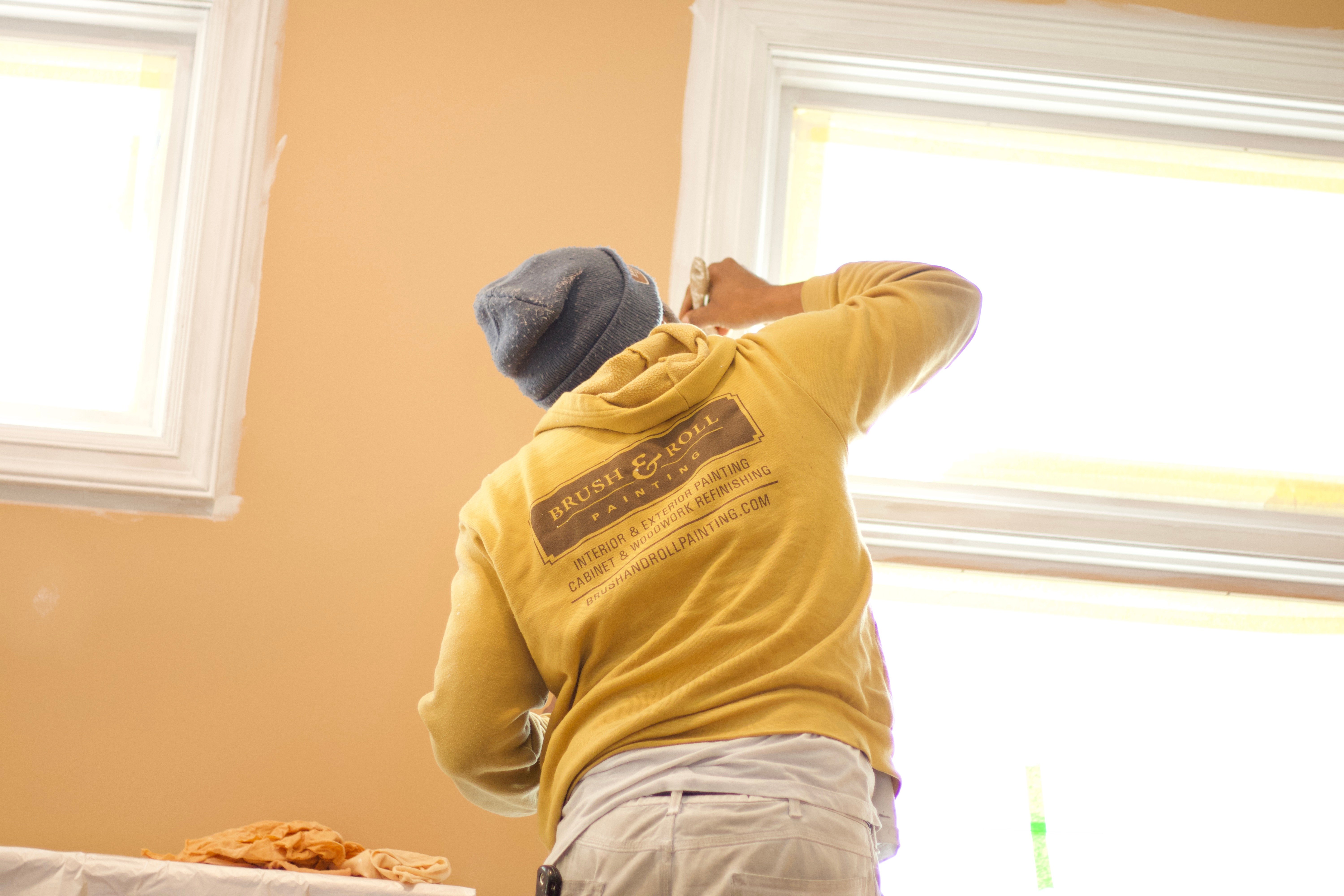
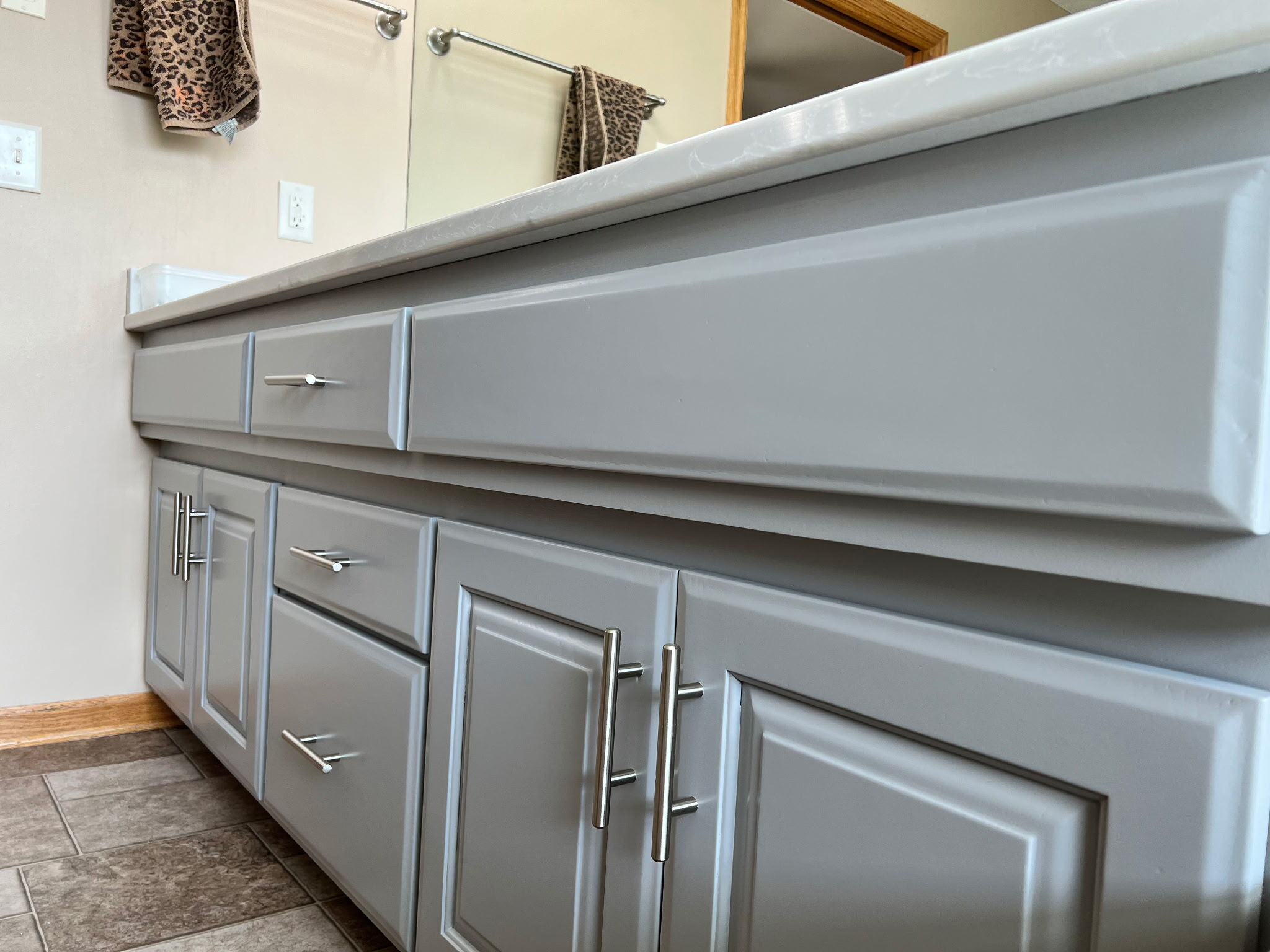
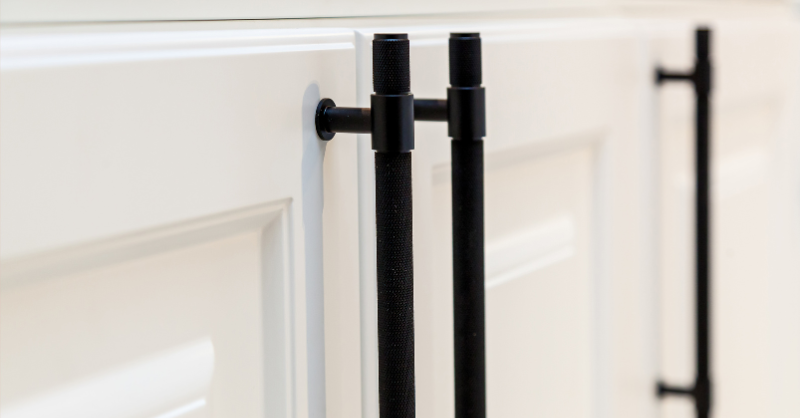
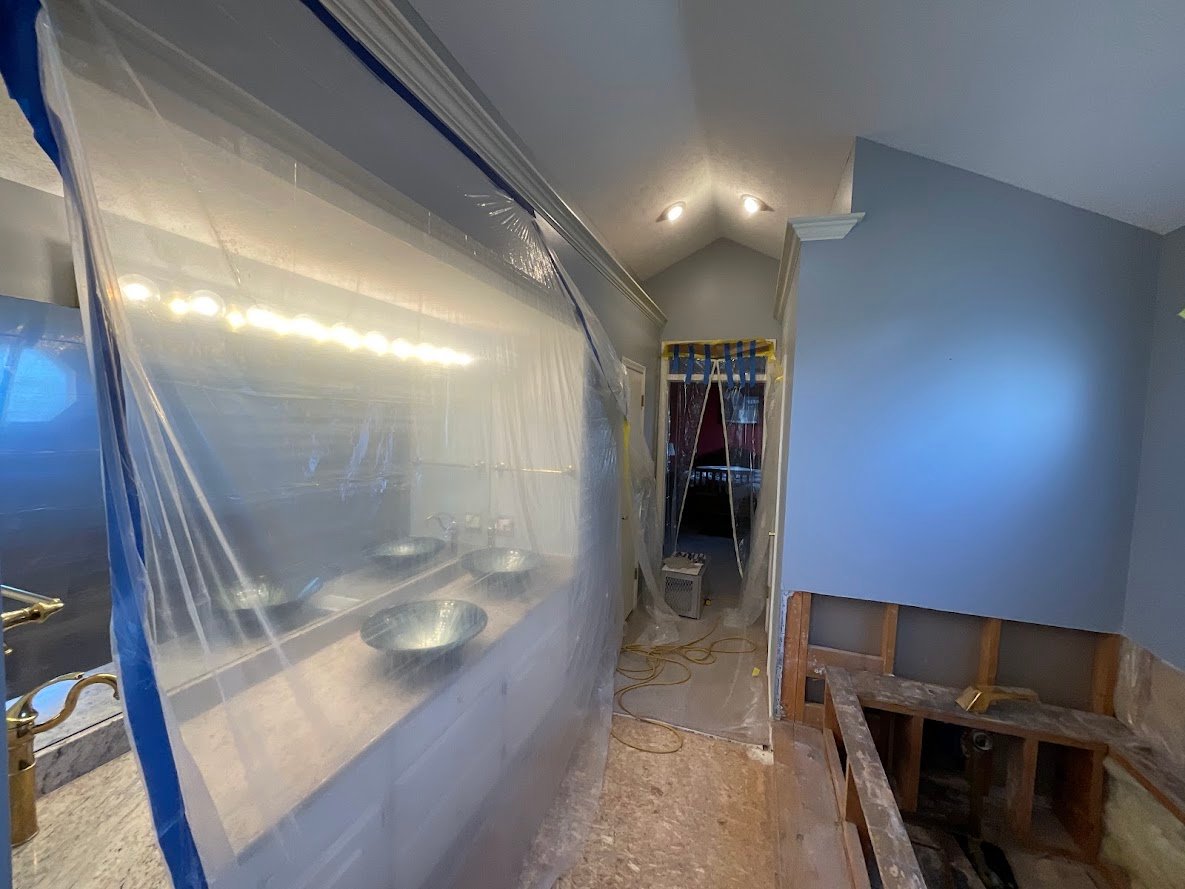
-Apr-28-2025-01-42-42-0336-PM.png?width=800&height=418&name=Blog%20Post%20Image%20Size%20(4)-Apr-28-2025-01-42-42-0336-PM.png)
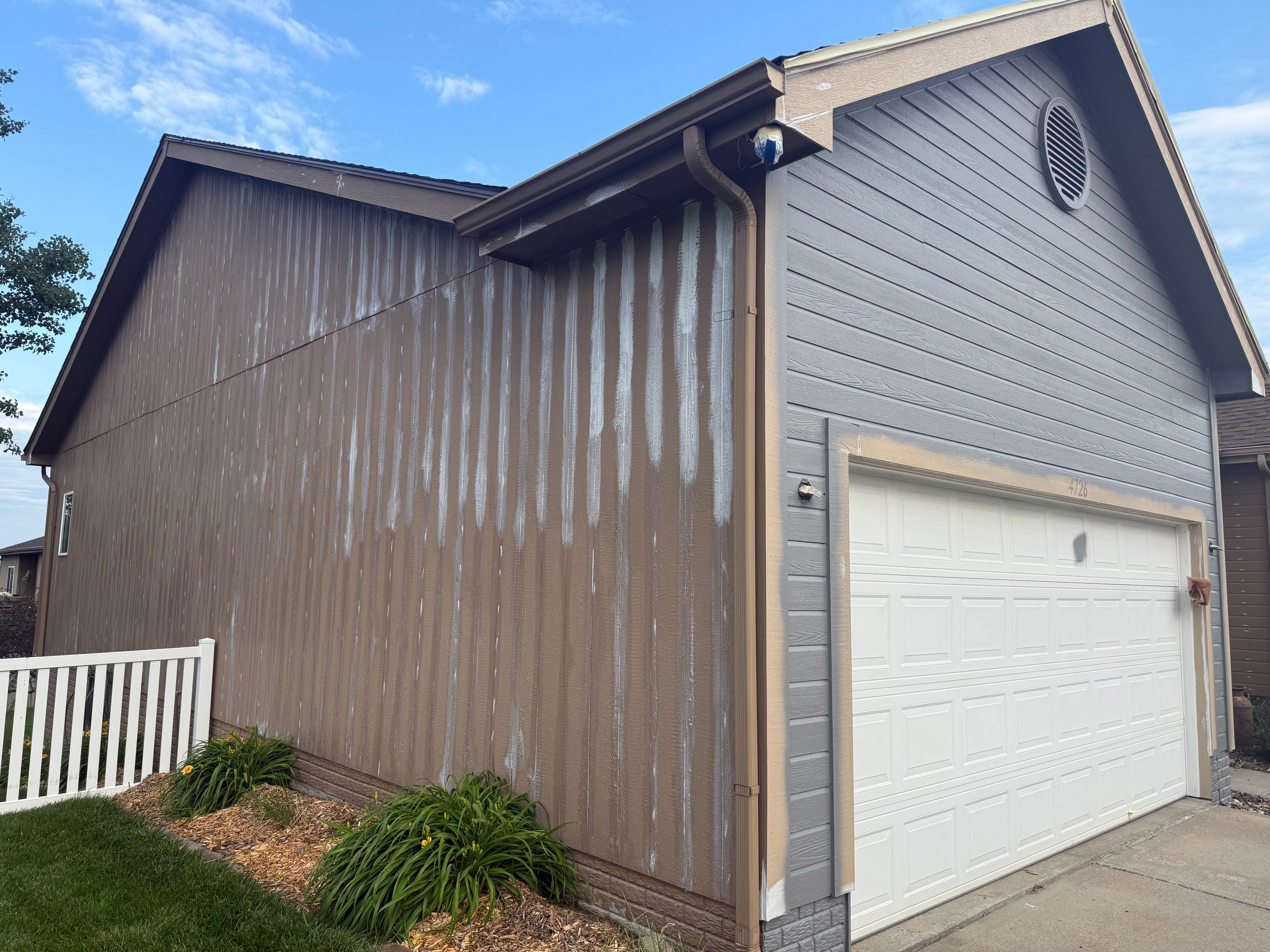
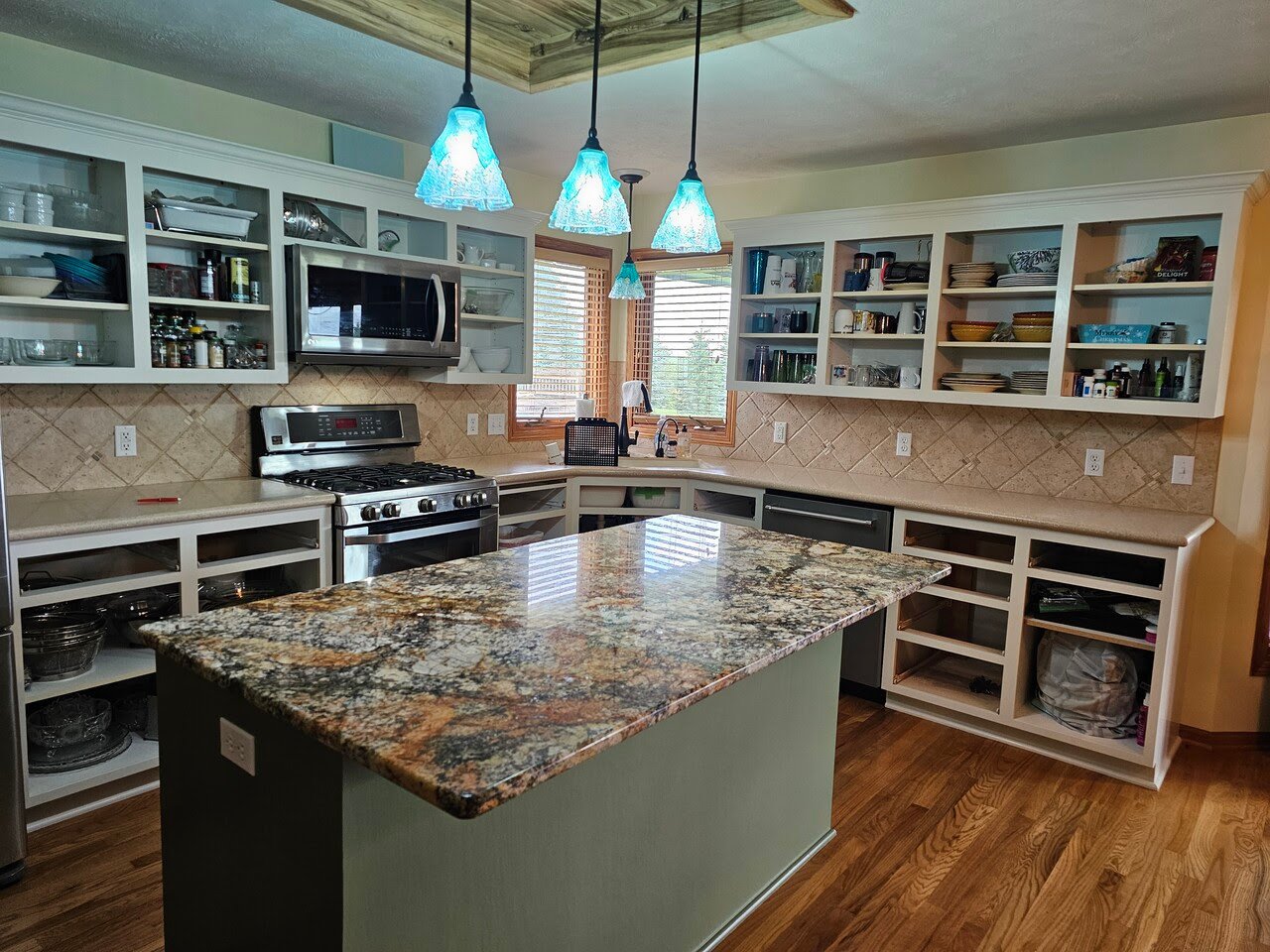
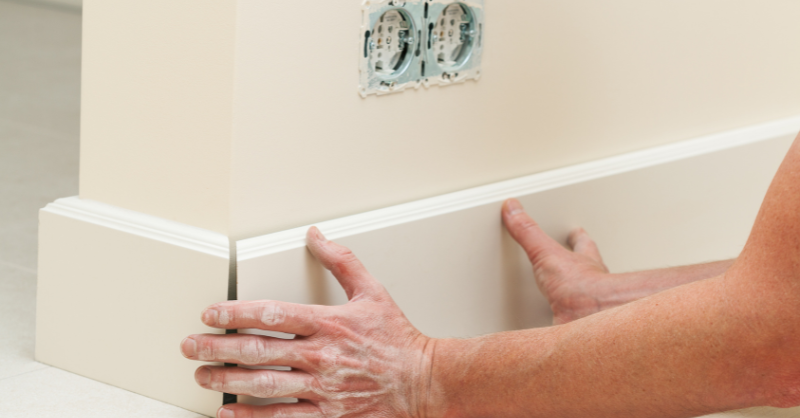


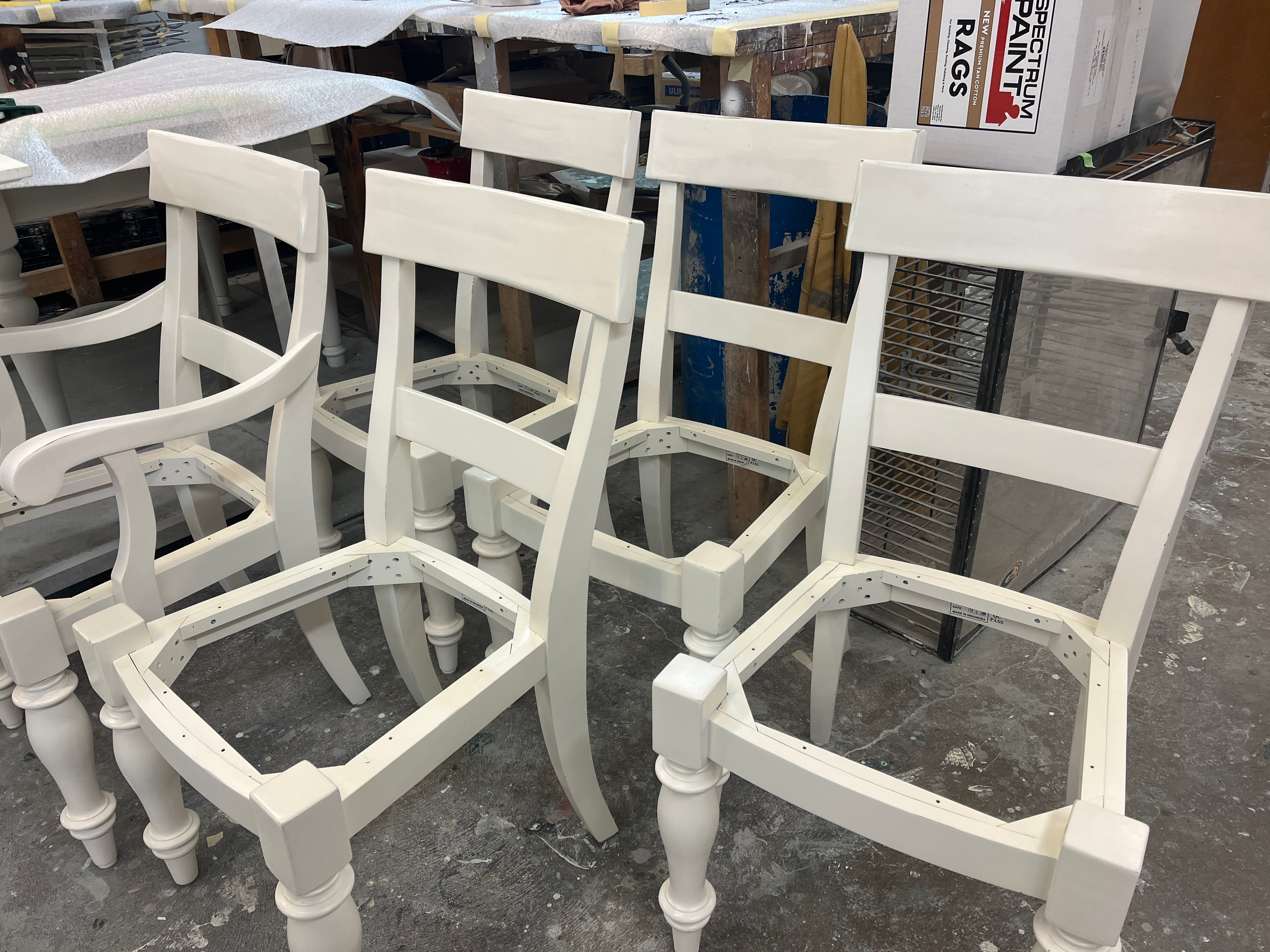
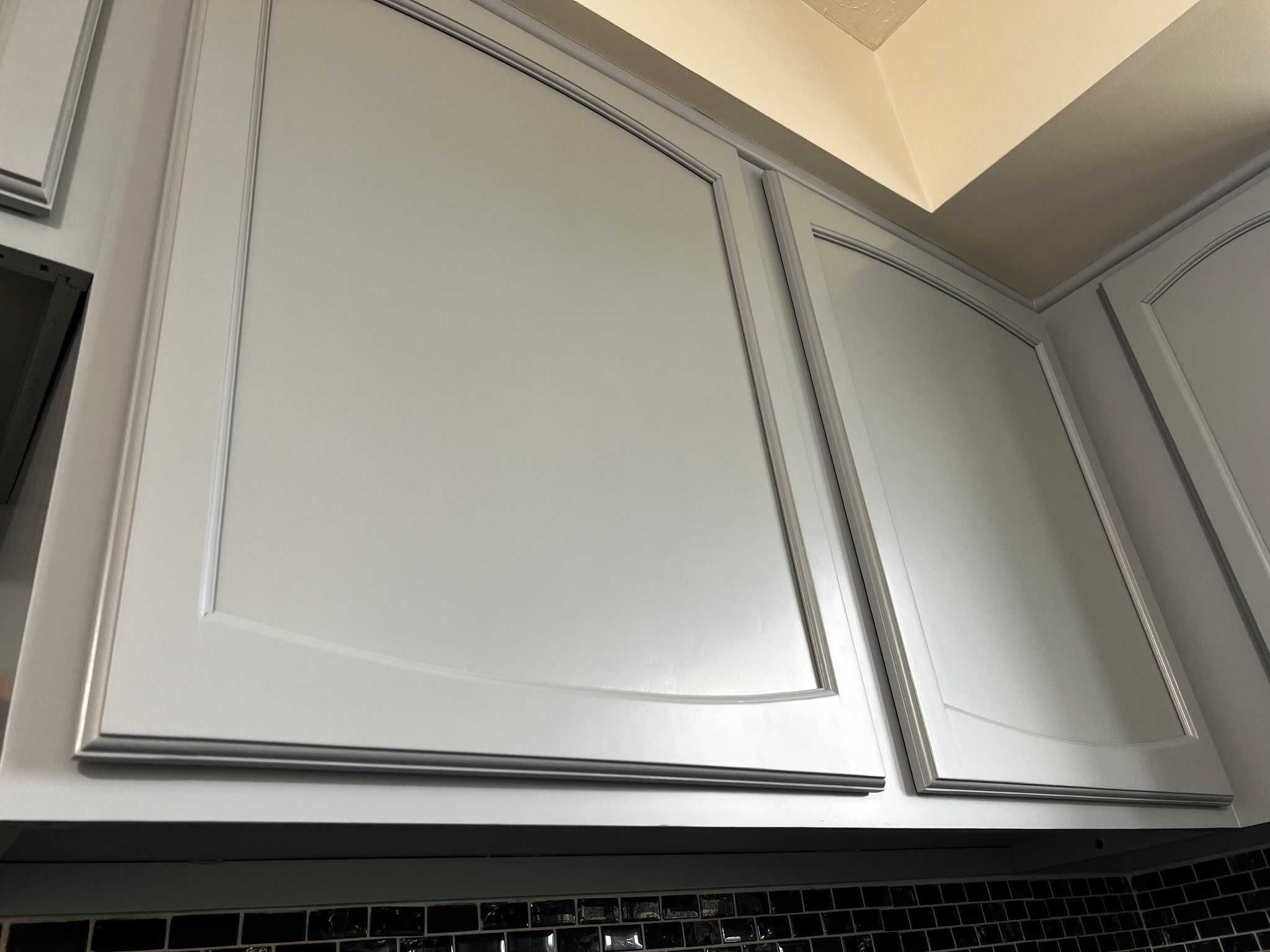
-Jul-03-2025-01-33-31-8507-PM.png?width=800&height=418&name=Blog%20Post%20Image%20Size%20(1)-Jul-03-2025-01-33-31-8507-PM.png)